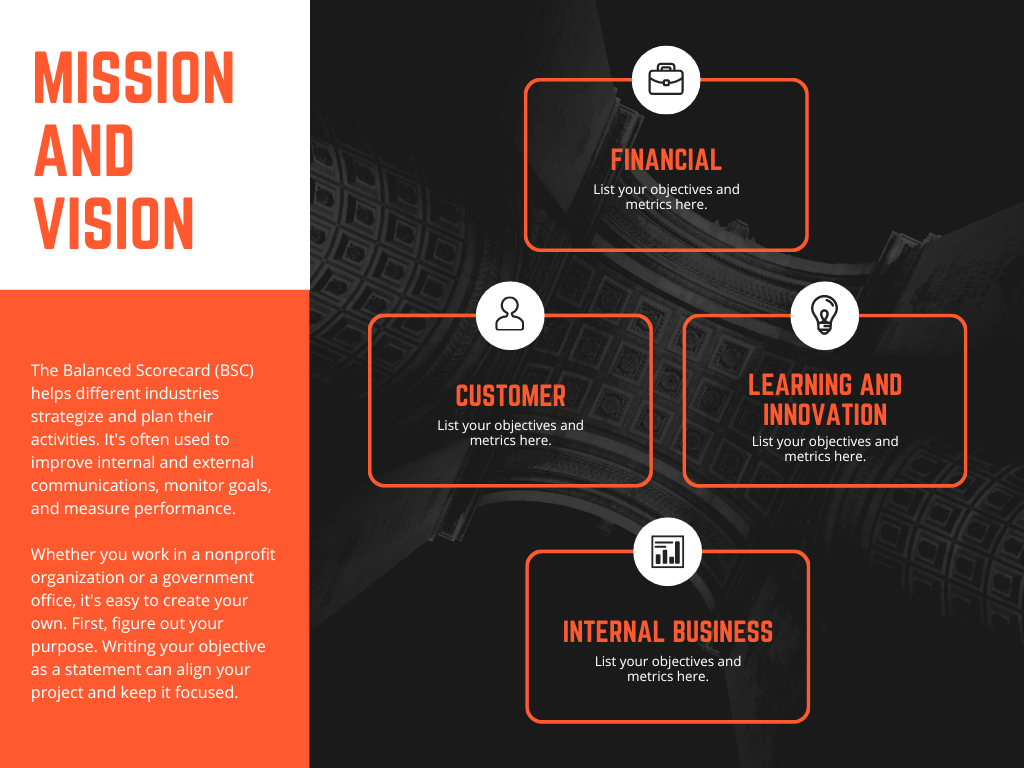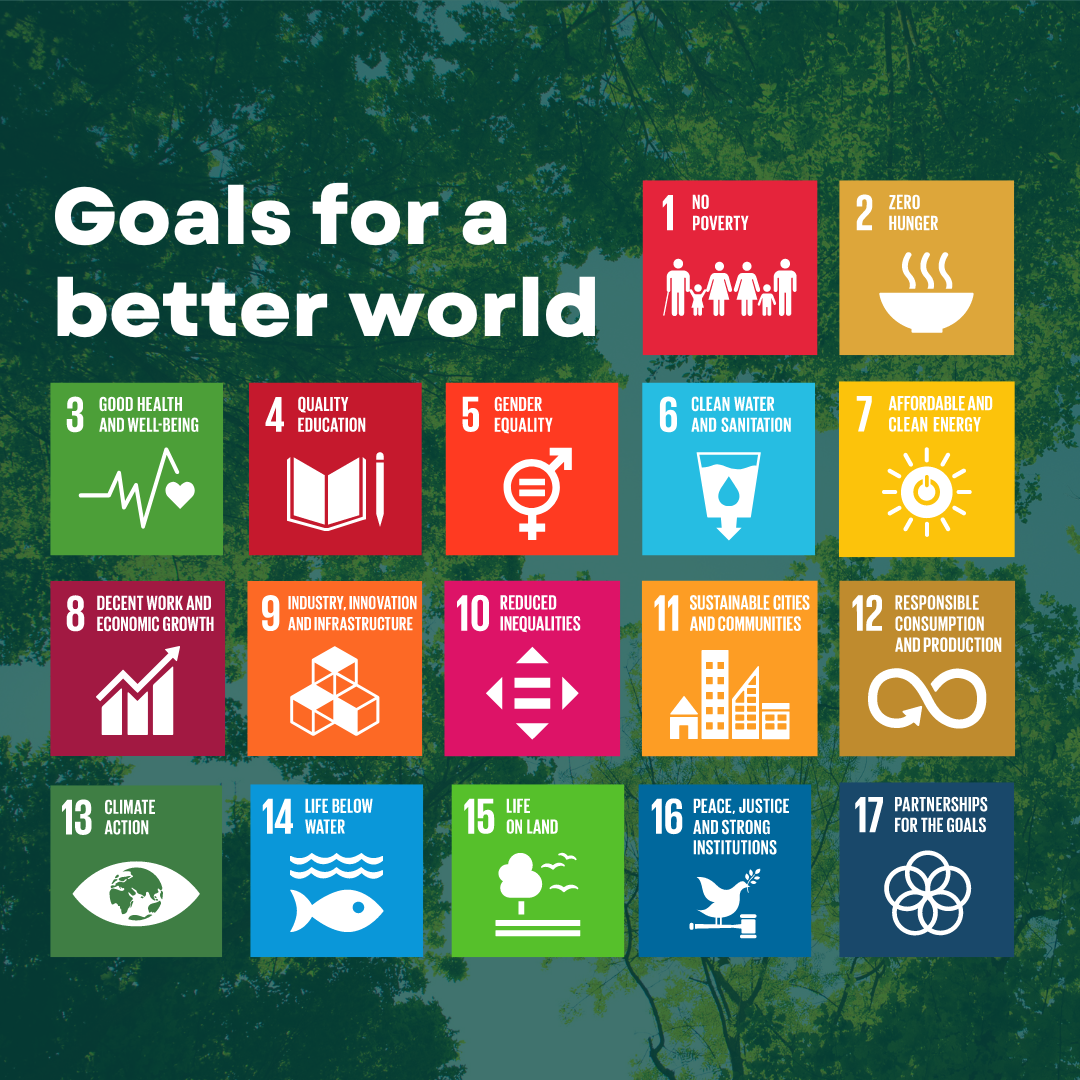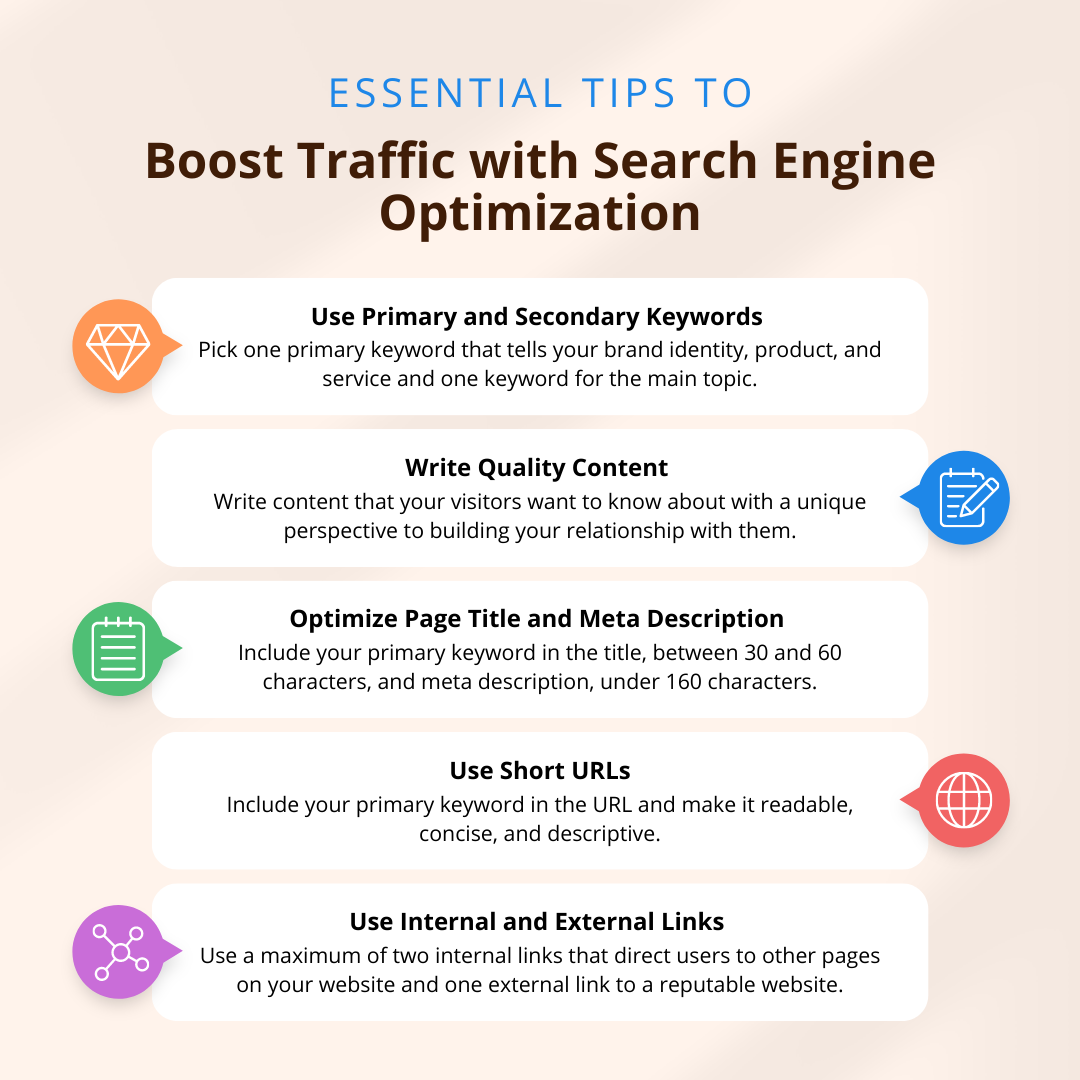Nonprofit organizations are tasked with a unique challenge; they need to drive donations and create awareness of their cause, all while operating on a limited budget. In today’s digital landscape, there are a plethora of tools available for nonprofit organizations to use to successfully market their cause and grow their donor base. In this blog post, we will discuss five effective marketing strategies that every nonprofit should be leveraging to maximize their reach and make the most of their resources.
1) Create a Compelling Mission Statement
Having a clear and compelling mission statement is an essential part of any nonprofit’s marketing strategy. Your mission statement should be the foundation of your entire organization and should provide potential supporters with an understanding of your purpose and objectives. It should be concise, relevant, and easy to remember.
When creating a mission statement for your nonprofit, you should keep it focused and specific. Avoid using overly complicated or flowery language and focus on articulating the core values that drive your organization. You want to make sure your mission statement resonates with your target audience so they can easily understand what you stand for.

Once you have developed a clear mission statement for your nonprofit, use it as a call to action for potential supporters. This can be done through emails, social media, or other forms of communication. Make sure to include your mission statement in all promotional materials as a way of engaging current and potential donors. A strong mission statement will help give people a reason to support your cause and attract more resources to help you fulfill your organization’s goals.
2) Foster a Community of Supporters
One of the best ways for a nonprofit to succeed is by building and fostering a community of supporters. Having a community of supporters will not only help spread your message but also provide the donations, volunteers, and support you need to keep your nonprofit running.
Creating a sense of community with your supporters begins with having an effective marketing strategy. This should include email marketing campaigns, engaging content, and social media outreach. These strategies will help you build relationships with potential and current donors, volunteers, and other supporters.
You can also use events to foster a sense of community. Whether it’s holding a fundraiser or gathering people together in person or virtually to discuss a cause they’re passionate about, events can be an effective way to strengthen your connection with supporters.
Finally, don’t forget to reward your existing supporters. Provide incentives for those who donate money or volunteer their time. Showing your appreciation and offering something in return is sure to make your supporters feel valued. With these strategies in place, you’ll be able to build an engaged and loyal community of supporters for your nonprofit.
3) Use Engaging Visuals
Using engaging visuals is one of the best marketing strategies for nonprofits. Visuals can help to draw attention to your cause, engage your supporters, and spread awareness about your mission. Visuals can include photos, videos, infographics, graphics, and even animations.
When creating visuals for your nonprofit, focus on conveying your message in an impactful and meaningful way. Try to create visuals that are easy to understand and can be shared quickly. If you are using photos, make sure they are high-quality images and visually appealing. When it comes to videos, try to keep them short and informative. Infographics can be great for communicating facts and data in a visually appealing way.

In addition to using visuals to promote your cause, you can also use them to tell stories about those who have been positively impacted by your work. This can help your supporters connect emotionally with your organization and motivate them to get involved.
Remember, visuals are an important tool in any nonprofit’s marketing toolkit and should be used strategically to maximize its impact. By creating visuals that are both engaging and informative, you can ensure that your message reaches its intended audience and that your supporters stay engaged with your mission.
4) Use Multiple Channels
When it comes to marketing your nonprofit, it’s important to get your message out through multiple channels. This includes traditional media such as print, radio, and TV, but also digital channels like email, social media, and online search. Utilizing multiple channels will help ensure that your message reaches the right audience and can help expand your reach even further.
When it comes to social media, use multiple channels for maximum reach. Focus on the platforms that are most popular with your target demographic and create engaging content for each one. Try to develop a consistent brand presence across all of your channels so that people recognize you’re nonprofit wherever they find you.
Email is another great way to reach potential donors. Make sure you have a way for people to opt-in and give you their email addresses. Once you have those addresses, use them to send regular emails highlighting your mission, upcoming events, and any new campaigns you may be running. You can also send occasional donation reminders to those who have previously given to your organization.
Search engine optimization (SEO) is another great way to reach potential donors. Optimizing your website with relevant keywords related to your mission and content can help ensure that you appear at the top of search results when people are searching for nonprofits like yours. Additionally, make sure that all of your web pages are up-to-date with accurate information and regularly post fresh content to keep visitors engaged.

By utilizing these different channels, you can increase awareness of your nonprofit and reach a larger potential donor base. Through consistent messaging, engaging content, and optimized SEO, you can maximize your reach and start making a difference in the lives of those who need it most.
5) Make it Easy to donate
Donating is one of the most important things a nonprofit can do to generate funds, but it can also be one of the hardest. Without an easy and efficient way to donate, potential donors may become discouraged and turn away. That’s why nonprofits need to make donating as easy as possible.
The first step is to make sure that your donation page is straightforward to use. Many nonprofits find success with mobile-friendly donation forms that allow donors to give from their phones or tablets. Additionally, be sure to include a wide range of payment options so that donors can choose the method that works best for them.
It’s also important to clearly explain how donations will be used. Make sure your website includes a section dedicated to explaining where donations go and how they are used. Show donors what kind of impact their money will make and how it will benefit your cause. This will make them more likely to give.
Finally, make sure to thank donors publicly and often. Recognizing those who have given back to your cause is a great way to show appreciation and encourage others to follow suit. Thank donors on social media, in email newsletters, and in any other medium, you have available.
By making it easy to donate, nonprofits can ensure that their efforts are being rewarded with financial support. Investing time and resources into creating a simple and effective donation process is essential for any organization looking to grow and make a lasting impact.
Next Steps
Now that you have a better understanding of the five essential marketing strategies for nonprofits, it’s time to put them into action. Start by creating a mission statement that conveys your purpose and resonates with your audience. Then, foster a supportive community of individuals who are passionate about your cause. Use engaging visuals to bring your message alive, and utilize multiple channels to get the word out about your organization. Lastly, make it easy for people to donate to your cause. All of these steps will help you reach a larger audience and increase awareness of your nonprofit organization.


